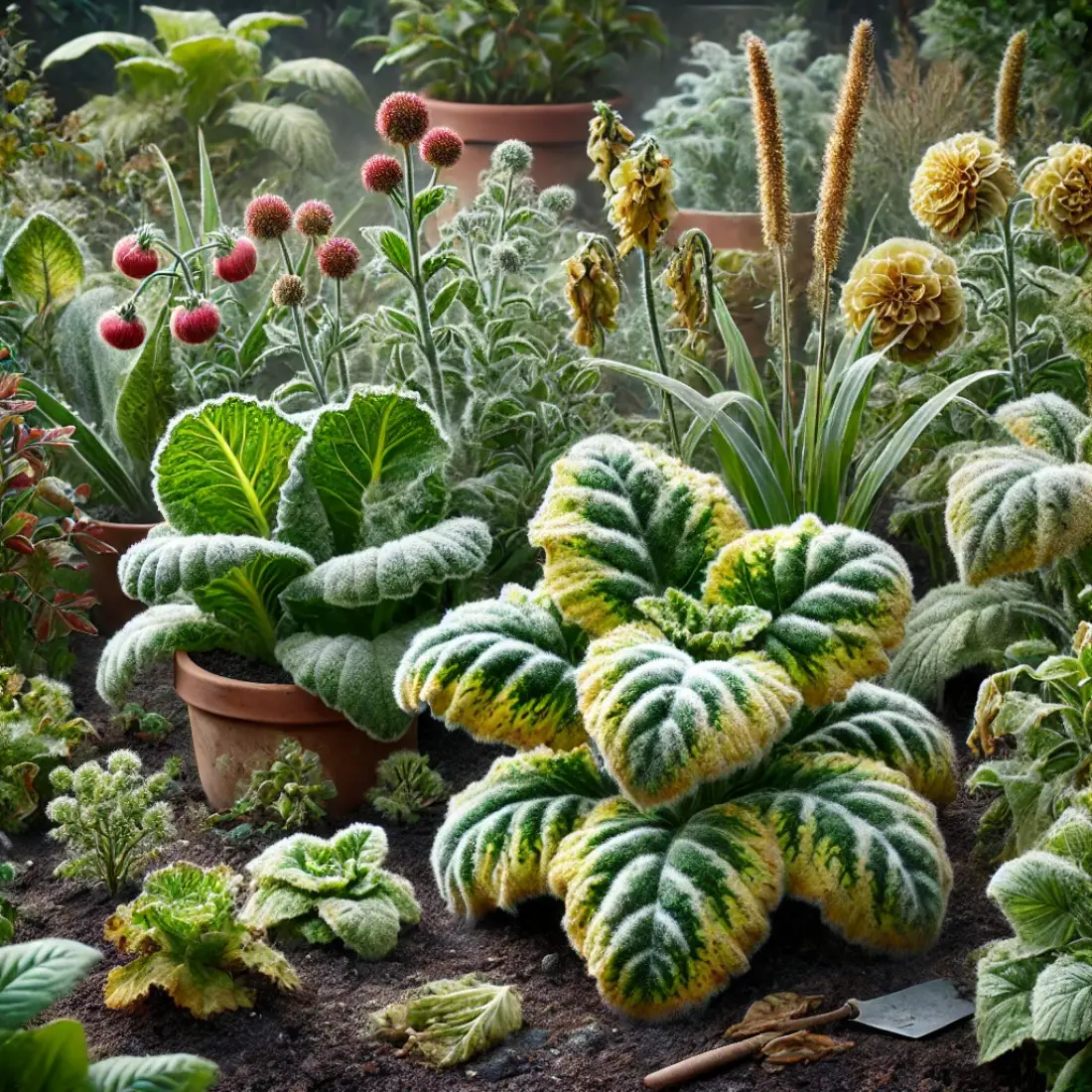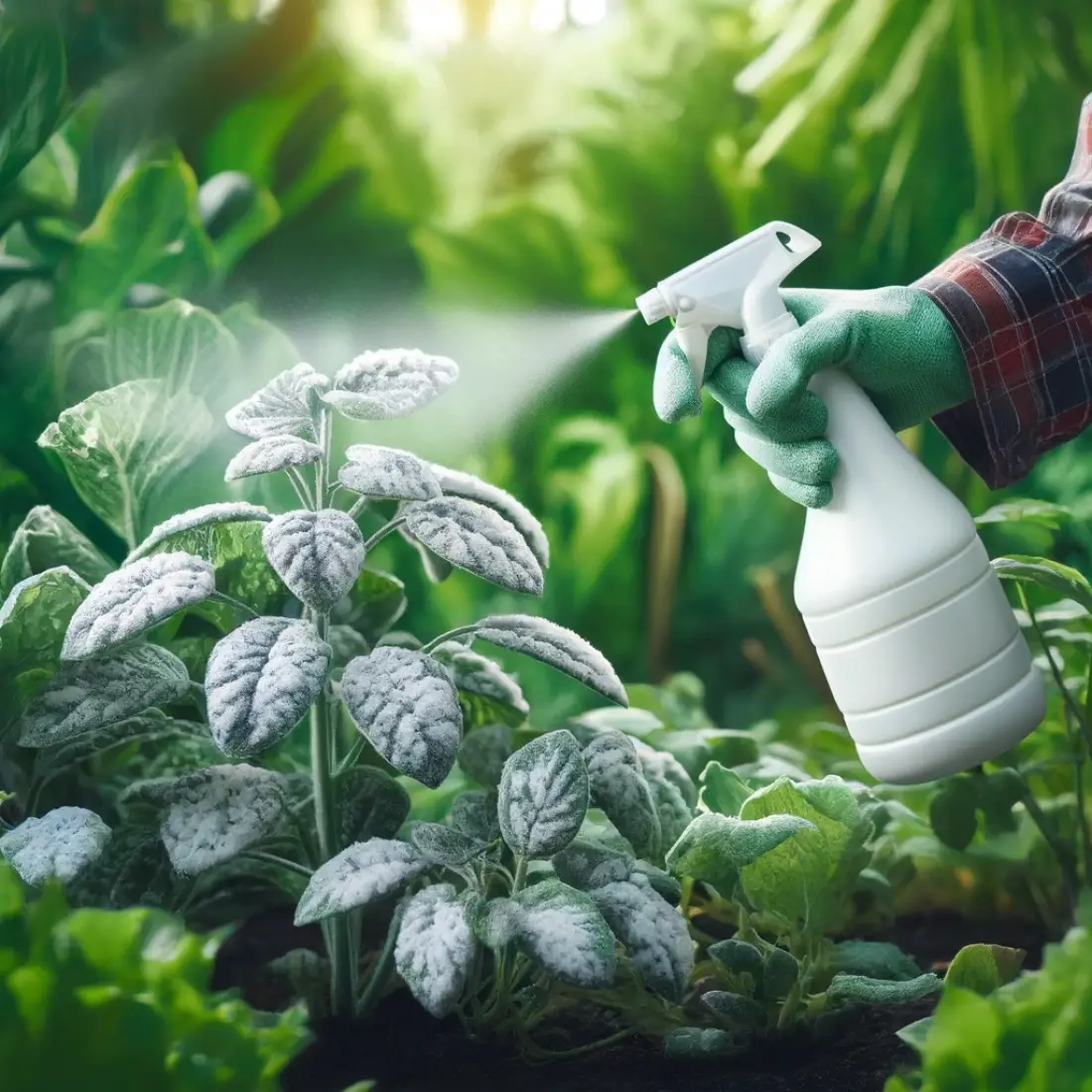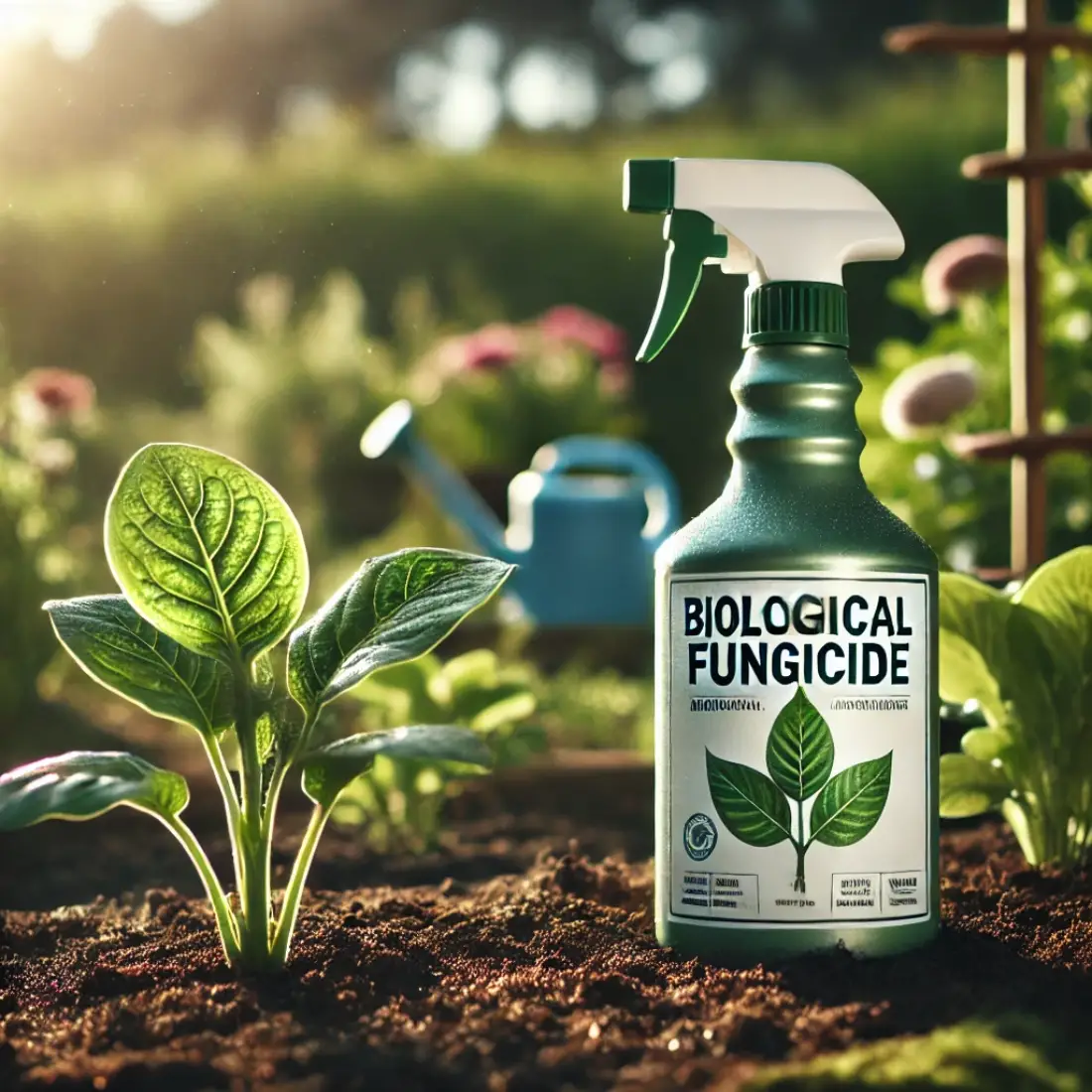Downy mildew is a persistent challenge for gardeners and farmers alike. This fungal disease can wreak havoc on a variety of plants, from vegetables to ornamentals.
While chemical fungicides are widely available, many people are turning to eco-friendly alternatives like potassium bicarbonate to manage downy mildew effectively. This organic solution offers safety, affordability, and powerful antifungal properties, making it a go-to remedy for protecting plants.
- Potassium bicarbonate effectively controls downy mildew by inhibiting fungal growth.
- It is safe, eco-friendly, and approved for organic gardening.
- Correct application is essential to avoid damage to plants and ensure success.
Understanding Downy Mildew
What is Downy Mildew?
Downy mildew is a fungal-like disease caused by pathogens called oomycetes. It thrives in humid conditions and appears as yellow spots on leaves that progress to white, fuzzy growth. Over time, infected plants weaken, leading to reduced yields or even plant death.
Plants Commonly Affected
This disease targets a wide range of plants, including:
- Vegetables like cucumbers, spinach, and squash.
- Ornamentals such as roses and sunflowers.
Left untreated, downy mildew can destroy entire crops. For home gardeners, this means the loss of treasured plants, while farmers face significant economic losses.
What is Potassium Bicarbonate?
Chemical Composition: Potassium bicarbonate (KHCO₃) is a naturally occurring compound. Its alkaline nature disrupts the growth of fungi, making it an effective antifungal agent.
Other Uses: Besides gardening, potassium bicarbonate is used in baking as a leavening agent and in food preservation to regulate pH levels.
Why It Works: Potassium bicarbonate attacks fungal spores directly, breaking their cell walls and raising the leaf surface pH. This creates an inhospitable environment for downy mildew, stopping its spread.
How Potassium Bicarbonate Fights Downy Mildew
Mechanism of Action: When applied to plants, potassium bicarbonate immediately disrupts fungal cells. It prevents spores from germinating, halting the disease in its tracks.
Effectiveness Compared to Other Treatments: Unlike baking soda, potassium bicarbonate is gentler on plants and offers longer-lasting protection. It’s also safer and more environmentally friendly than synthetic fungicides.
Scientific Support: Studies consistently show potassium bicarbonate reduces downy mildew infections. For example, research on grapevines and cucumbers demonstrated significant improvements with regular use.
How to Prepare and Use Potassium Bicarbonate
Step 1: Mix the Solution
To create an effective spray, combine:
- 1 tablespoon of potassium bicarbonate.
- 1 gallon of water.
- A few drops of liquid soap to improve adhesion.
Step 2: Apply the Spray
- Use a spray bottle or garden sprayer to mist the solution onto affected plants.
- Focus on both sides of the leaves, especially the undersides.
Step 3: Follow a Schedule
- For prevention: apply every 7–10 days during humid seasons.
- For treatment: reapply every 3–4 days until the mildew subsides.
Safety Tips
- Always wear gloves and goggles when preparing and applying the spray.
- Apply in the early morning or evening to avoid leaf burn from sunlight.
Advantages of Using Potassium Bicarbonate
Eco-Friendly Solution: Potassium bicarbonate is non-toxic to pollinators, beneficial insects, and the environment. It’s also approved for organic gardening, making it a safe choice for sustainable growers.
Affordable and Accessible: Unlike some specialty fungicides, potassium bicarbonate is inexpensive and widely available at garden centers and online stores.
Highly Effective: Its fast-acting formula provides immediate results, making it ideal for both preventive and curative treatments.
Potential Limitations
Phytotoxicity Risks: Overuse or high concentrations can harm plant tissues, causing leaf burn or discoloration.
Environmental Factors: Heavy rainfall can wash away the treatment, reducing its effectiveness.
Storage Concerns: Potassium bicarbonate needs to be stored in a dry, cool place to maintain its potency.
Comparing Potassium Bicarbonate with Other Organic Treatments
- Pros: Broad-spectrum pest control.
- Cons: Slower action compared to potassium bicarbonate.
- Pros: Long-lasting and effective for severe cases.
- Cons: Potential for soil toxicity and environmental harm.
- Pros: Simple and readily available.
- Cons: Less reliable for severe fungal outbreaks.
FAQs Potassium Bicarbonate for Downy Mildew
Can potassium bicarbonate harm my plants?
Yes, if over-applied or used in high concentrations. Stick to the recommended dilution to prevent damage.
Is it safe for edible crops?
Absolutely. Just rinse your produce thoroughly before consuming.
Can I mix it with other treatments?
Yes, but avoid acidic products that may neutralize its effectiveness.
Where can I buy potassium bicarbonate?
It’s available at garden centers, online retailers, and some health food stores.
What’s the difference between potassium bicarbonate and baking soda?
Potassium bicarbonate is more effective for plant applications and less likely to harm soil health.










